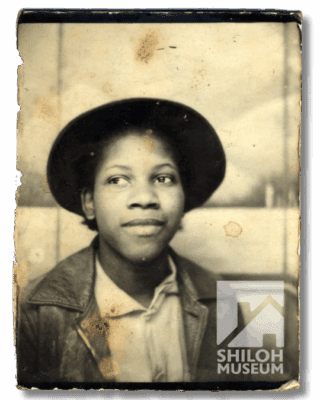One Step Higher: Five Generations of a Black Ozark Family
One Step Higher
Five Generations of a Black Ozark Family
One Step Higher: Five Generations of a Black Ozark Family
On exhibit now Betty Davis as an adolescent. Photo from the Betty L. Davis Collection (S-2015-71-49).
One Step Higher: Five Generations of a Black Ozark Family is a multimedia exhibit that shares the remarkable story of Betty Hayes Davis and her family of Fayetteville. Through photos, oral histories, music, and video, the exhibit traces their journey from emancipation through school integration and beyond, reflecting the broader Black American experience.
Visitors will learn about the violent racism Davis’s great-grandmother faced in the early 1900s, her grandmother’s Fayetteville business listed in The Green Book, and her nephews William “Bull” and Harold Hayes, who helped break racial barriers as Fayetteville High School athletes. The exhibit also features the jump blues music of Buddy Hayes and rare footage of Davis and her nephew, Clifford “Half Pint” Thompson.
At its heart is the story of Davis herself. She served in the Navy WAVES (Women Accepted for Volunteer Emergency Service), was a New York University graduate, and a lifelong advocate for local history until her passing in 2016.
